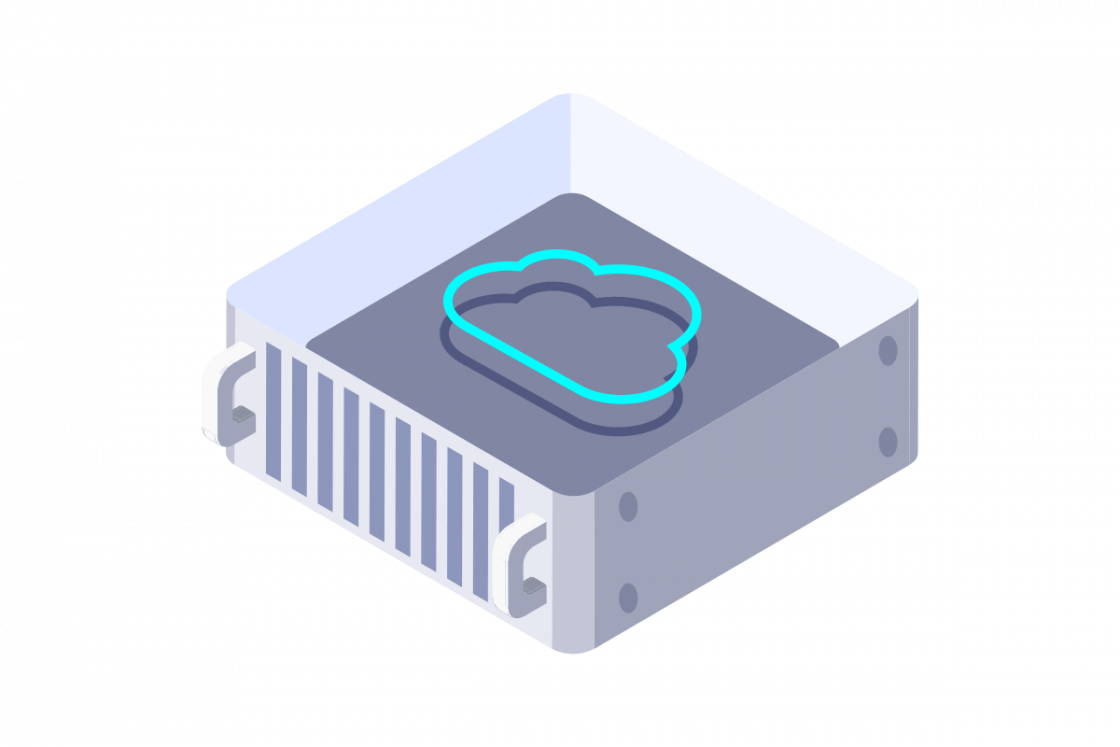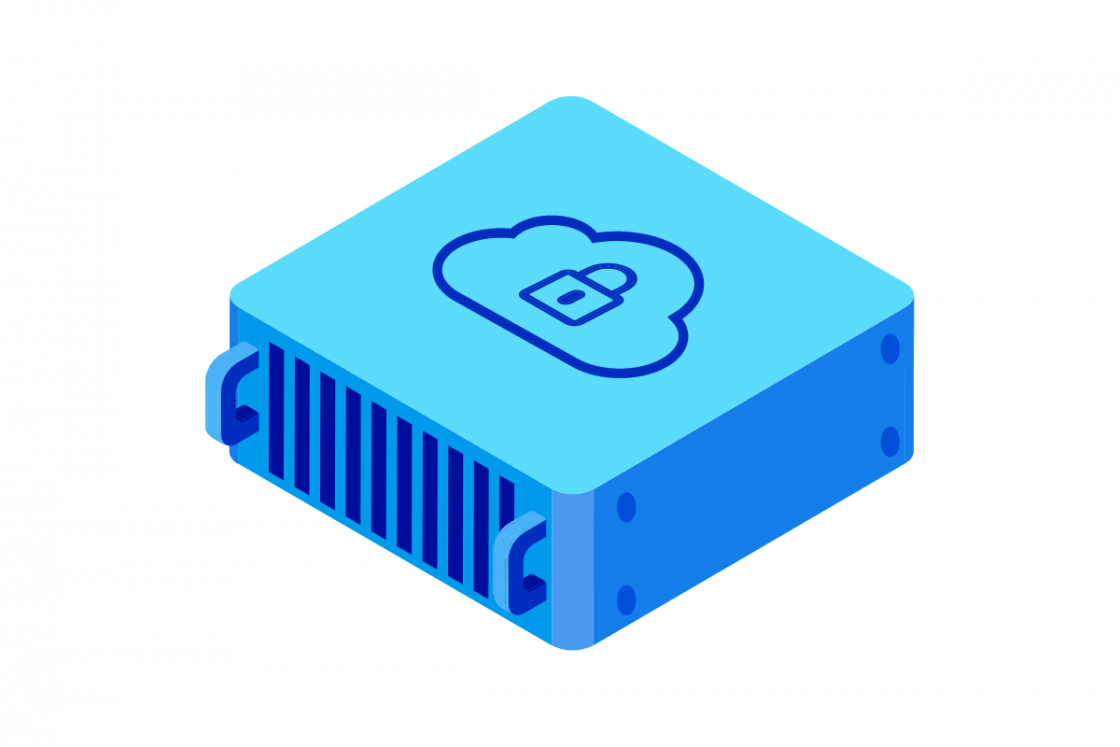What are the differences between IaaS, PaaS and SaaS?
In the cloud computing universe, it’s essential to understand the differences between the main types of services offered: Infrastructure as a Service (IaaS), Platform as a Service (PaaS) and Software as a Service (SaaS). Each of these service models has unique features and addresses specific business needs. To get a better understanding of these concepts and determine the best solution for your needs, read more about these concepts here.

What are IaaS, PaaS and SaaS?
Infrastructure as a Service (IaaS) - Provides users with basic cloud computing resources, such as storage, network, and virtualization. It is an ideal solution for companies that need to virtualize an entire infrastructure, or those that require significant resources for complex projects such as machine learning or big data .
PaaS (Platform as a Service): PaaS offers a platform hosted by the service provider, allowing developers to build, deploy and manage applications without worrying about maintenance of the underlying infrastructure. This model is particularly useful for development teams that want to optimize their time and resources.
SaaS (Software as a Service): SaaS is the model most commonly used in cloud computing . It allows users to access software hosted on the provider’s servers, for a subscription, without worrying about installing, managing, or updating the software.
Advantages and use cases
IaaS: a scalable solution for complex projects
For businesses with varying IT resource requirements, Infrastructure as a Service (IaaS) offers a simple and flexible solution. It allows them to develop their projects without having to invest in local infrastructure. This service model can be integrated into a public, private or hybrid cloud environment, with the physical hardware hosted in a datacentre managed by the cloud service provider.
The advantages of IaaS
- Scalability: IaaS allows resources to be quickly increased to meet specific project needs, especially during critical load peaks. This flexibility ensures increased responsiveness, which is essential for maintaining business continuity, especially when projects involve sensitive data.
- Bespoke: Companies can design a virtual infrastructure that is fully adapted to their specific needs, with access to a wide catalog of resources, offering complete customization of services.
- Accessibility: Investing in physical infrastructure is a high cost. By outsourcing this infrastructure through a cloud provider, companies can enjoy the same services with significant cost savings.
IaaS use cases
- Hosting services: IaaS is perfect for making complex websites, resource-intensive applications and software accessible, meeting demanding performance requirements.
- Resilience: IaaS enables data storage and recovery solutions in the event of a disaster, guaranteeing an effective disaster recovery plan (DRP) to maintain service continuity and ensure high availability for web applications.
- Developing artificial intelligence (AI): AI requires considerable resources (CPU, RAM, storage, bandwidth) for processing large amounts of data (big data) and training machine learning algorithms. IaaS provides the additional resources needed to support these AI projects, bringing significant added value.
PaaS: a solution optimized for web applications
For companies that need to leverage data or deploy code in a flexible environment, Platform as a Service (PaaS) is proving to be the ideal solution. It allows development teams to focus on their core business without having to worry about maintaining the underlying infrastructure, while providing an optimized environment for building, deploying and managing applications.
The advantages of PaaS
- Optimization: PaaS allows teams to focus on developing and managing applications, without wasting time on platform maintenance, improving productivity and clarity of project monitoring.
- Centralized - All information and data is consolidated onto a single platform, facilitating collaboration between teams and improving overall project effectiveness.
- Cost-saving - By eliminating the need to invest in physical infrastructure and train maintenance teams, PaaS significantly reduces platform management costs. These are taken care of by the cloud provider.
PaaS use examples
- Development: PaaS simplifies the work of DevOps by providing optimized environments for code creation and deployment. Some solutions even include CI/CD (continuous distribution) technology, which speeds up the delivery of applications to end users. In addition, they support a wide variety of programming languages, which is a major advantage for the majority of PaaS solutions.
- CRM: PaaS solutions make it easy to manage customer data with optimized interfaces and low-code development modes, allowing even non-technical employees to improve their applications.
- Data management: Cloud platforms like Apache Kafka help to structure information flows and extract key insights for applications, improving data management and usage.
SaaS: Simplicity on demand
For companies that already have an on-premises infrastructure, only certain software or applications may be required to meet specific requirements. In cases where an infrastructure is not in place, or simply not considered essential, such as for VSEs, SMEs or freelancers, SaaS presents itself as an ideal solution. With the SaaS model, you just need to sign up to a user license, while the cloud provider takes care of the hosting and hardware maintenance.
The advantages of SaaS
- Saves time: SaaS offers businesses quick and easy accessibility to the required cloud solutions, without the constraints of managing a physical infrastructure.
- Predictability: By opting for a fixed, monthly or annual subscription, cost control is made easier, guaranteeing calm budget management.
- Simplicity: Companies can select the right applications or software for their needs, then distribute user licenses within their teams, all in just a few steps.
SaaS use examples:
- Security - Data encryption solutions can effectively secure sensitive transactions and securely store company passwords, minimizing the risk of data breaches.
- CRM: A wide range of customer information management software is available, offering advanced functionality and API compatibility, greatly simplifying their integration into existing systems and improving operational efficiency.
- BPM: SaaS software dedicated to business process management brings real value by centralizing all relevant data, while providing a clear and simplified overview, facilitating optimization and strategic decision-making within the company.
IaaS, PaaS or SaaS: which cloud solution to choose?
The choice between IaaS, PaaS and SaaS depends on the nature of the projects and the specific needs of each company. Each cloud model has not only unique advantages, but also constraints that are important to consider when making the best possible choice for their IT infrastructure.
IaaS offers great flexibility by enabling you to configure a virtual infrastructure that is adapted to your projects’ specific needs. However, this flexibility comes with increased complexity. Businesses need to have strong technical skills to manage and maintain this virtual infrastructure. In addition, deploying an IaaS solution requires ongoing management and the ability to react quickly to resource requirements, which can result in unanticipated operational costs if the infrastructure is not well optimized.
The PaaS simplifies application development and deployment by providing an optimized, ready-to-use platform. However, this simplification may also represent a constraint. PaaS often imposes limitations in terms of customizing the environment, which can restrict developers’ technological choices. Furthermore, while PaaS can reduce infrastructure costs, it requires teams trained in its specific use, which may require an initial investment in training and adaptation of internal processes.
SaaS is the most accessible solution, and the easiest to deploy. It allows businesses to quickly access software through the cloud without having to manage maintenance or updates. However, this simplicity can also be a drawback for companies with specific needs or high customization requirements. SaaS typically offers less control over software and data, which can lead to security and compliance issues, especially for highly regulated industries like finance or healthcare.
IaaS, PaaS and SaaS with OVHcloud
Outsourcing your services via the cloud (SaaS, PaaS or IaaS) provides access to advanced technologies and resources at a lower cost, while speeding up deployment compared to an on-premises infrastructure. At OVHcloud, we offer all of these services through a comprehensive range of cloud solutions, combining sovereignty and data control, to support businesses with their migration with confidence. Our Marketplace also offers a wide range of solutions, from trusted partners, to meet a variety of needs, including in the areas of marketing, accounting, cybersecurity and project management, to effectively complement your IT system.
Our cloud universes
Explore OVHcloud's Bare Metal & VPS, Public Cloud and Hosted Private Cloud universes, and discover a range of solutions designed to meet the diverse needs of businesses, from flexibility and development optimization to simplified access to software.

Bare Metal & VPS
Opt for our dedicated servers and VPS solutions for optimal performance. These servers are designed to meet demanding workloads that require complete control of hardware resources.

Public Cloud
Deploy cloud resources on demand, and enjoy the flexibility to adapt to the changing needs of your projects, with pay-as-you-go billing.

Hosted Private Cloud
Get the security of a private cloud, while enjoying the flexibility of the cloud. This solution provides you with an isolated, well-controlled environment, ideal for the most stringent compliance and data protection requirements.